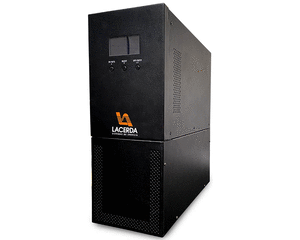Epidemiologists are using complex models to help policymakers get ahead of the Covid-19 pandemic. But the leap from equations to decisions is a long one.
THE BASIC MATH of a computational model is the kind of thing that seems obvious after someone explains it. Epidemiologists break up a population into “compartments,” a sorting-hat approach to what kind of imaginary people they’re studying. A basic version is an SIR model, with three teams: susceptible to infection, infected, and recovered or removed (which is to say, either alive and immune, or dead). Some models also drop in an E—SEIR—for people who are “exposed” but not yet infected.
Then the modelers make decisions about the rules of the game, based on what they think about how the disease spreads. Those are variables like how many people one infected person infects before being taken off the board by recovery or death, how long it takes one infected person to infect another (also known as the interval generation time), which demographic groups recover or die, and at what rate. Assign a best-guess number to those and more, turn a few virtual cranks, and let it run.
“At the beginning, everybody is susceptible and you have a small number of infected people.
They infect the susceptible people, and you see an exponential rise in the infected,” says Helen Jenkins, an infectious disease epidemiologist at the Boston University School of Public Health. So far, so terrible.
The assumption for how big any of those fractions of the population are, and how fast they move from one compartment to another, start to matter immediately. “If we discover that only 5 percent of a population have recovered and are immune, that means we’ve still got 95 percent of the population susceptible. And as we move forward, we have much bigger risk of flare-ups,” Jenkins says. “If we discover that 50 percent of the population has been infected—that lots of them were asymptomatic and we didn’t know about them—then we’re in a better position.”
So the next question is: How well do people transmit the disease? That’s called the “reproductive number,” or R0, and it depends on how easily the germ jumps from person to person—whether they’re showing symptoms or not. It also matters how many people one of the infected comes into contact with, and how long they are actually contagious. (That’s why social distancing helps; it cuts the contact rate.) You might also want the “serial interval,” the amount of time it takes for an infected person to infect someone else, or the average time before a susceptible person becomes an infected one, or an infected person becomes a recovered one (or dies). That’s “reporting delay.”
And R0 really only matters at the beginning of an outbreak, when the pathogen is new and most of the population is House Susceptible. As the population fractions change, epidemiologists switch to another number: the Effective Reproductive Number, or Rt, which is still the possible number of people infected, but can flex and change over time.
Most Popular
IDEAS
It's Time to Face Facts, America: Masks Work
CULTURE
Tiger King Is Cruel and Appalling—Why Are We All Watching It?
GEAR
How to Make Your Own Hand Sanitizer
SCIENCE
The Mathematics of Predicting the Course of the Coronavirus
You can see how fiddling with the numbers could generate some very complicated math very quickly. (A good modeler will also conduct sensitivity analyses, making some numbers a lot bigger and a lot smaller to see how the final result changes.)
Those problems can tend to catastrophize, to present a worst-case scenario. Now, that’s actually good, because apocalyptic prophecies can galvanize people into action. Unfortunately, if that action works, it makes the model look as if it was wrong from the start. The only way these mathematical oracles can be truly valuable is to goose people into doing the work to ensure the predictions don’t come true—at which point it’s awfully difficult to take any credit.
SOURCE:
https://www.wired.com/story/the-mathematics-of-predicting-the-course-of-the-coronavirus/
















